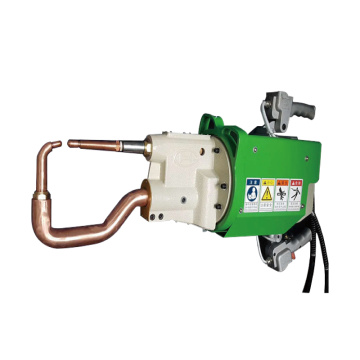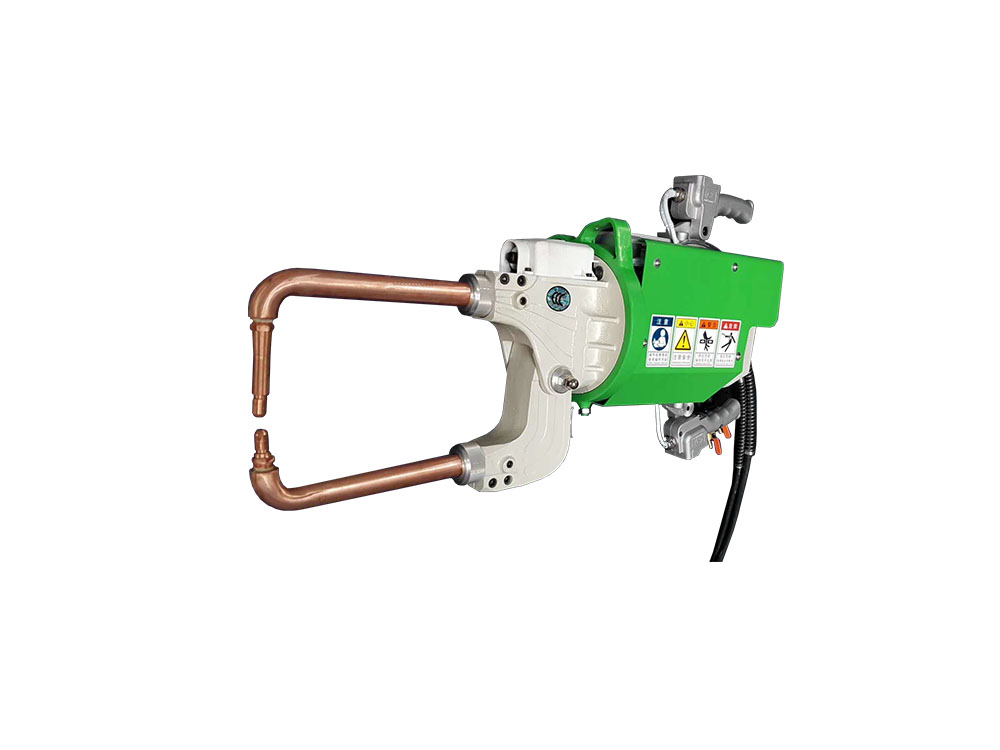
Robotic Welding Guns
(Total 2 Products)-
Min. Order:1C-Type Robotic Spot Welding Gun: Flexible spot welding, forging precision manufacturingIn the race of industrial automated welding, the flexibility and accuracy of equipment are the keys to enhancing production efficiency. The C-Type Robotic Spot...
-
Min. Order:1X-Type Robotic Spot Welding Gun: A New Benchmark for Automated Spot Welding, Empowering Efficient manufacturingIn the wave of automation in modern industrial manufacturing, the precision and efficiency of welding processes directly determine product...
Robotic Welding Guns are essential tools in modern automated welding processes, playing a crucial role in various industries such as automotive, aerospace, and electronics. Here is an introduction to them:
Working Principle: Robotic welding guns work based on the principle of electrical conduction and heat - generation. They conduct electric current to the welding area, and the resistance of the workpiece generates heat to melt the metal, while applying appropriate pressure to form a weld joint. The robot controls the movement of the welding gun to achieve precise welding operations.
Types and Applications: There are mainly two types, spot - welding guns and arc - welding guns. Spot - welding guns are widely used in the automotive industry for joining sheet metal parts, such as in the production of car bodies. Arc - welding guns are suitable for welding various types of seams, and are commonly used in the manufacturing of pipelines, steel structures, etc. According to different welding processes, arc - welding guns can be further divided into MIG, MAG, and TIG welding guns.
Structural Features: Usually, robotic welding guns consist of electrode holders, electrodes, cooling systems, and gas - supply systems. The electrode is the key part for conducting current and contacting the workpiece, and it needs to have good electrical conductivity and wear - resistance. The cooling system is used to prevent the welding gun from over - heating, and the gas - supply system provides protective gas to prevent the welded area from being oxidized.
Technical Advantages: They can achieve high - precision welding, ensuring the consistency and quality of welds, which is beneficial to improving product quality and production efficiency. They are highly flexible and can be programmed to adapt to different welding tasks, and are suitable for the production of various complex - shaped workpieces. In addition, they can work in harsh environments for a long time, reducing the labor intensity of workers.
Key Components and Performance: The performance of the welding gun is affected by key components such as the power supply and control system. For example, the servo - controlled welding gun can accurately control the welding force and displacement, and has better performance in precision welding. The quality of the cable is also crucial. High - quality cables have the characteristics of high conductivity, flexibility, and long - life, which can ensure the stable operation of the welding gun.
Development Trends: With the development of technology, robotic welding guns are moving towards intelligence and high - efficiency. Future welding guns are expected to be more integrated with sensors, which can real - time monitor the welding process and adjust parameters automatically. At the same time, the development of lightweight and high - strength materials will also make the structure of welding guns more compact and portable, further improving welding efficiency and quality.

Robotic Welding Guns
Robotic welding guns are pivotal components in modern automated welding setups, bringing enhanced accuracy, efficiency, and consistency to the welding process. These guns are designed to be mounted on robotic arms, enabling them to execute complex welding tasks with high repeatability.

